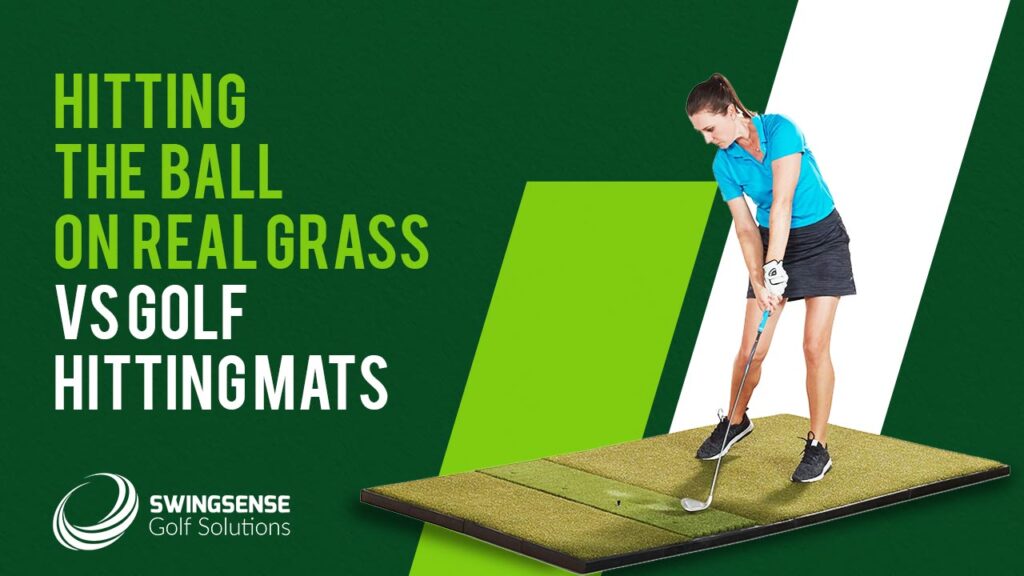If you play golf fairly regularly, then perhaps you are already aware of the satisfying feeling of hitting the ball off of the lush, green grass. However, not everyone is lucky enough to be able to visit a golf course three times a week. In that case, an indoor golf setup is your only option. But playing within the four walls comes with its own limitations, the major difference being the mandatory use of golf hitting mats instead of luxurious grass.
Even in the driving range, you must have come across those “mats only” days. As frustrating it may sound, hitting mats is not that bad. Rather they come with their own set of advantages. Read on to know more about the perks of playing golf with golf hitting mats and find out how different are they than real grass.
Difference Between Real Grass And Golf Mats
Some say that hitting mats can slightly affect your ball flight. But this is also applicable for different lies on the golf course. In some cases, launch angle and spin may vary with mats, but a number of tests have shown that this is not exclusively a result of hitting mat performance.
The difference ultimately comes down to the fact that you possibly cannot take a divot out of the latter. To elaborate, the way your club interacts with a hitting mat is to some extent different than the way it would in the case of grass. The reason is that your club, instead of smoothly going through, will bounce off the hitting surface when you are playing with a hitting mat. Therefore, if your hitting mat cannot eliminate turf shock and vibration, it is high time you consider switching to another product.
Similarity Between Real Grass And Golf Mats
With the advancement of technology, the gap between golf hitting mats and real grass has significantly reduced. Several leading brands, including Fiberbuilt, TruTrack, TrueStrike, etc. have come up with premium-quality items that hardly feel any different from real life grass. Most brands now use long, dense fiber to make their golf hitting mats that give you the true-to-life feel of a lush fairway. Another common belief regarding hitting mats is that the concrete underneath can seriously damage your clubs, which is not viable either. Most premium hitting surfaces nowadays come with a heavy foam base that protects your irons from tough concrete.
To sum it up, the disadvantages of hitting mats mostly come about due to the poor quality and faulty design of the product, not the item in general. They don’t apply to high-quality golf hitting mats. Practicing on such a hitting surface will not deprive you of the satisfaction you get from hitting the ball on a freeway. Besides, they can also improve your game by allowing you to refine your techniques. So, make sure you use good golf hitting mat, and rest assured— you won’t be missing out much.
